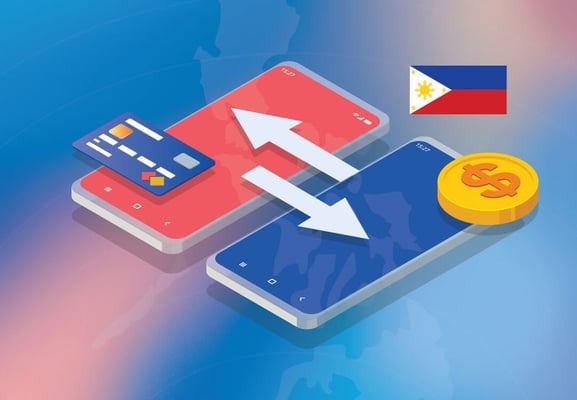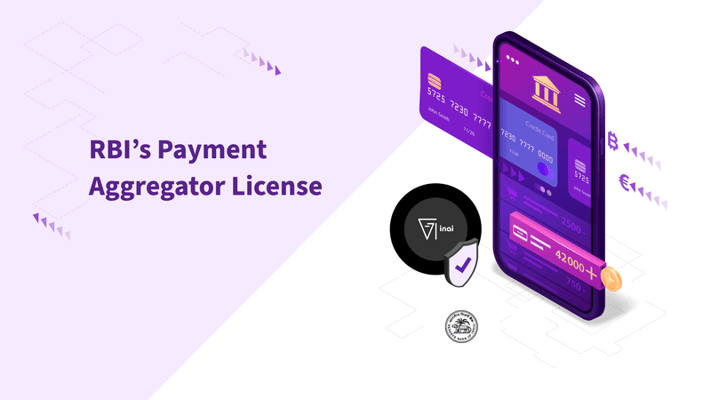As an online merchant who has integrated a payment gateway, you understand the settlement process, where it takes a few days for the money to reflect in your account after a sale. Though larger enterprises may be fine with this delay, it can pose a significant challenge for small and mid-sized businesses that rely heavily on daily cash flow for their operations.
For instance, if the payment arrives late, you might run into serious cashflow problems impacting daily operations. Also, you may have to reconcile invoices manually, which is time-consuming and prone to errors.
Fortunately, there's a way you can deal with this issue. And that's when payment orchestrators come into the picture.
In this blog, we'll discuss everything from why the payment takes time to get credited into your account, how the payment settlement process works, and how payment orchestrators can help you deal with this issue and other payment challenges. Read on to gain a comprehensive understanding.
The Cash Flow Journey: How the Money Moves During Settlement?
%20(1).png?width=2932&height=2576&name=1%20(5)%20(1).png)
When a customer makes a payment, it travels via different parties before finally hitting the merchant's bank account. And this process of movement of funds from the customer's bank account to the merchant's bank account is known as settlement. Here's how it works:
Step 1: A customer visits a merchant's website and makes the payment using their preferred mode of payment, such as debit/credit card, UPI, etc.
Step 2: The payment gateway integrated by the merchant then sends the payment information to the issuing bank and validates the same.
Step 3: If everything is fine, the payment gateway deducts the amount from the customer's issuing bank and takes its gateway fee before sending it to the merchant account.
Step 4: Still, the money is in the merchant account, not the merchant's bank account. The balance is transferred to the respective account based on the settlement cycle of the payment gateway.
Where and How the Money Flows in Payouts?
Payout is the money a business pays suppliers, employees, or gig workers for their products or services. Also, the money paid to the customers as refunds also come under the payout category. Basically, it's the money the business owes to other parties. Here's how the funds in Payouts flow:
Step 1: To facilitate payouts, the merchant needs a payout platform or an aggregator like inai that enables payouts. This platform initiates or creates a payout as and when required.
Step 2: The settlement amount is debited from the merchant's account and sent to the platform's account.
Step 3: The payout platform offers different payment methods the merchant can choose based on the party they're paying to.
Step 4: Once the merchant chooses the payment method, the platform sends the payment to the respective beneficiaries.
Step 5: The platform then confirms to the merchant that the payment has been made to the beneficiary.
Step 6: The merchant, in turn, intimates the customer or the gig workers about the payment.
Here's an infographic to help you understand better:
%20(1).png?width=731&height=642&name=2%20(5)%20(1).png)
What is the Standard Payment Settlement Duration?
Standard payment gateway settlement is what most online merchants opt for. This settlement takes T+2 working days, where T is the date of payment capture.
So, if the payment was made by the customer on the 2nd of June, 2023, according to T+2, it will get credited to your account on the 4th of June, 2023. However, there'll be a delay if there's a public holiday or a weekend in between.
The T+2 working days payment settlement duration is for domestic settlements. For international settlements, it can take T+7 working days.
There's also an instant or real-time settlement that payment gateways offer. Instead of waiting for T+2 or more days, merchants can access funds within a few minutes. However, this facility is subjective and varies from gateway to gateway.
Good Read: Everything You Need to Know About Payment Reconciliation | Guide
How inai as a Payment Orchestrator Removes the Payment Settlements Barrier?
Payment orchestrators are software solutions that help integrate and manage end-to-end payment processes, from authorizing payments and routing transactions to handling settlements seamlessly.
Here's how inai: a global payment orchestrator, enables you to deal with payment settlements and experience other benefits:
1. Reduced Payment Settlement Time
inai connects you with multiple payment gateways and offers various payment methods to your customers. Based on the integrated payment gateways, you can enable faster payment settlement, such as instant or real-time settlement.
Take Razorpay, for example. Razorpay is a payment gateway that takes T+2 days to settle the payment in the merchant's account. However, it offers a facility known as instant settlements. This functionality enables merchants to access funds within minutes instead of waiting for days.
You must be thinking, why opt for a payment orchestrator when a gateway is offering instant or real-time settlements? Let's learn why.
2. Reduced Dependability
Relying on a single payment gateway can be limiting.
For instance, what if the gateway experiences downtime or doesn't offer enough payment methods for a location you want to expand to? Or what if the gateway hikes its pricing? You'd have no option but to adjust and let your customers suffer. Enter inai: a global payment orchestration platform.
inai can help you integrate 50+ payment gateways and offer 300+ payment methods. This way, you won't leave all your eggs in a single basket, offering a better customer experience. As inai allows you to route transactions, you can choose which gateway offers the least settlement time or the best approval rate and route transactions accordingly, without letting your customers suffer.
3. Transparency in Upcoming Settlements
inai can help you with end-to-end payments management. You can see which payments are coming in this week and which will take some time, allowing you to determine how much liquid cash you'll have in your bank account. This predictability will help you plan your expenses without letting daily operations suffer.
4. Automate Redundant Tasks
With inai, you can automate tasks such as payment reconciliation and invoicing and access detailed analytical reports on the inai dashboard. This way, you can save time, draw valuable insights from the data collected, and deliver a better customer experience.
Wrapping Up
In addition to reducing settlement time and accessing funds quickly, orchestrators also help reduce dependability on a single payment gateway. Moreover, you can automate redundant tasks and route transactions through a more viable option to deliver a customer experience and simplify the payment workflow.
So, what are you waiting for? Integrate inai into your business, access your cash flow quickly, and manage your payments like never before.
.png?width=123&height=71&name=inai%20logo%20-%20dark%201(1).png)
.png)
%20(1).png?width=4068&height=1080&name=CTA%20(29)%20(1).png)




